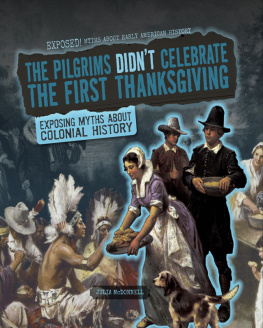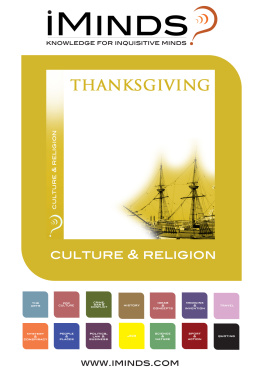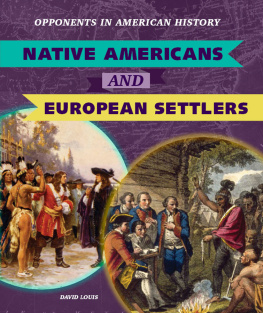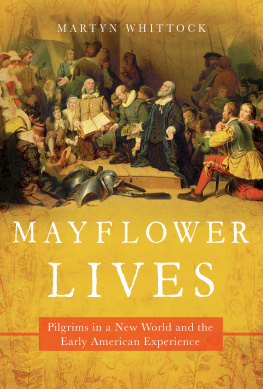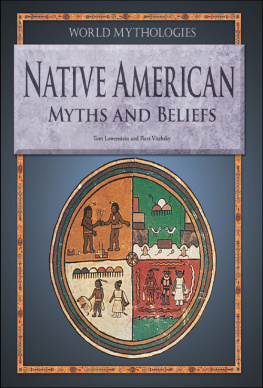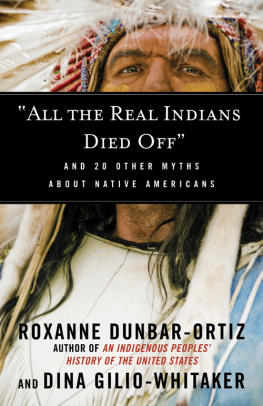
Published in 2021 by Cavendish Square Publishing, LLC 243 5th Avenue, Suite 136, New York, NY 10016
Copyright 2021 by Cavendish Square Publishing, LLC
First Edition
No part of this publication may be reproduced, stored in a retrieval system, or transmitted in any form or by any meanselectronic, mechanical, photocopying, recording, or otherwisewithout the prior permission of the copyright owner. Request for permission should be addressed to Permissions, Cavendish Square Publishing, 243 5th Avenue, Suite 136, New York, NY 10016. Tel (877) 980-4450; fax (877) 980-4454.
Website: cavendishsq.com
This publication represents the opinions and views of the author based on his or her personal experience, knowledge, and research. The information in this book serves as a general guide only. The author and publisher have used their best efforts in preparing this book and disclaim liability rising directly or indirectly from the use and application of this book.
All websites were available and accurate when this book was sent to press.
Library of Congress Cataloging-in-Publication Data
Names: Byers, Ann, author.
Title: Squanto / Ann Byers.
Description: First edition. | New York: Cavendish Square, Publishing, LLC,
2021. | Series: The Inside Guide: Famous Native Americans | Includes
bibliographical references and index.
Identifiers: LCCN 2019042079 (print) | LCCN 2019042080 (ebook) | ISBN
9781502650627 (library binding) | ISBN 9781502650603 (paperback) | ISBN
9781502650610 (set) | ISBN 9781502650634 (ebook)
Subjects: LCSH: Squanto--Juvenile literature. | Wampanoag
Indians--Biography--Juvenile literature. | Pilgrims (New Plymouth
Colony)--Juvenile literature.
Classification: LCC E99.W2 B94 2021 (print) | LCC E99.W2 (ebook) | DDC
974.4004/973480092 [B]--dc23
LC record available at https://lccn.loc.gov/2019042079
LC ebook record available at https://lccn.loc.gov/2019042080
Editor: Kristen Susienka
Copy Editor: Rebecca Rohan
Designer: Deanna Paternostro
The photographs in this book are used by permission and through the courtesy of: Cover Kean Collection/Archive Photos/Getty Images; pp. (right) Universal History Archive/Universal Images Group via Getty Images.
Some of the images in this book illustrate individuals who are models. The depictions do not imply actual situations or events.
CPSIA compliance information: Batch #CS20CSQ: For further information contact Cavendish Square Publishing LLC, New York, New York, at 1-877-980-4450.
Printed in the United States of America

CONTENTS
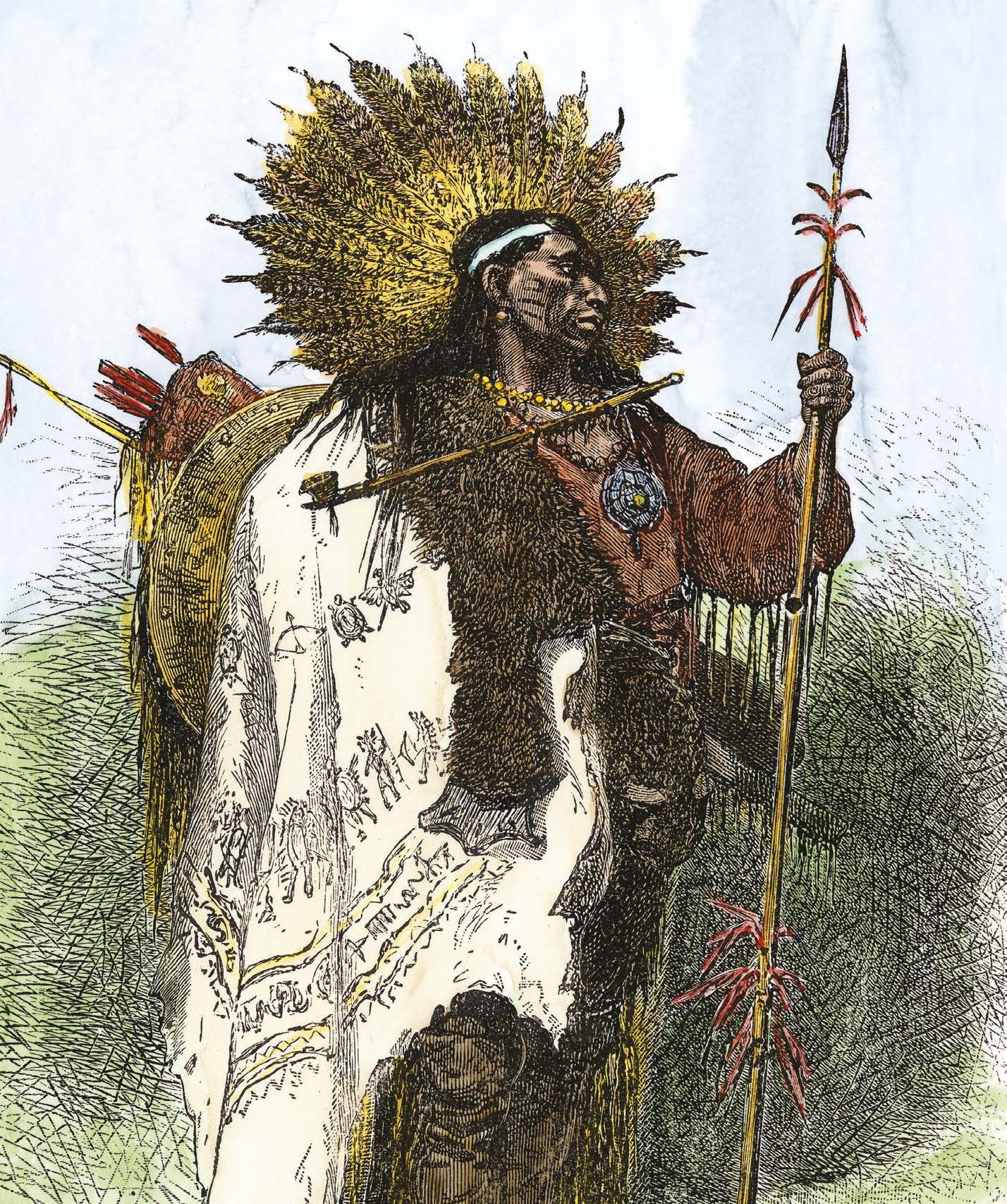
Shown here is a Wampanoag warrior. This group of Native Americans played an important part in the history of the United States.
Chapter One
HEROES EVERYWHERE
H istory has many different tales about men and women who did incredible things. These people are known as heroes. Groups of people around the world tell stories of their heroes and their bravery, intelligence, or amazing deeds. Heroes can be real or fictional, and real heroes have truly earned their place in history.
The Native American tribes living in the United States today have many legends and stories of important people. These men and women have become heroes over generations. Some people might be well known, such as Pocahontas or Sacagawea. Others might be new names, such as Sequoyah or Crazy Horse. All of their stories helped shape America into what it is today.
Fast Fact
Thanksgiving is celebrated every November in the United States. Canada celebrates Thanksgiving, too, but it honors a different feast and happens in October.
One of the most-told stories about Native Americans involves a man named Squanto. He was an important part of the story of Europeans arriving in America. He was also at the first celebration of what we now call Thanksgiving. In fact, he made this celebration possible. His story lives on in US history.

The first Native American the Pilgrims met was Samoset ( center ).

This illustration shows the first time Massasoita Wampanoag leader visited the Pilgrims.
Squanto
Squanto was born in the later 1500s, during a time when American cities didnt exist. America itself was a landmass and not its own country. Squantos surroundings were forests, rivers, and mountains. He belonged to a Native American tribe called the Patuxet. They were part of a larger group called the Wampanoag. His tribe called him Tisquantum. However, later in life, he became known as Squanto. Today, people know him by that name.
Fast Fact
A Native American chief named Samoset was the first person to make contact with the Pilgrims in 1620. He and Squanto worked together.
WHO WERE THE PILGRIMS?
The Pilgrims were a group of men and women who traveled in 1620 from England to North America. Their original destination was the colony of Virginia; however, a storm blew them off course. They landed in Plymouth Harbor in Massachusetts instead. The ship that brought them to America was called the Mayflower.
The Pilgrims were seeking religious freedom. That means they wanted to practice religion in a way that differed from how others practiced in England. They believed in a certain way of life and had strict rules for following Christianity.
Some people aboard the Mayflower werent looking for religious freedom. The Pilgrims called these people strangers. Anyone who was a believer was called a saint. The strangers didnt practice the Pilgrims strict Christianity, but they wanted a new life in America. They agreed to listen to the Pilgrims and follow new rules in the new land.
Before they left the Mayflower, most of the men on the ship signed an agreement called the Mayflower Compact. This was the first set of rules or laws written down for a group of settlers to follow in the New World. It would be an important example for other similar agreements in later generations.

The Pilgrims brought to the New World the few things they thought they would need to start new lives.
European settlers were just beginning to arrive in North America during Squantos lifetime. They traded with native groups. Soon, much of the place Squanto knew would change forever.
In the 1600s, people from across the Atlantic Ocean landed near Squantos home. They came from England, looking for a new place to live and practice their religion. Thats why theyre known as the Pilgrims. They called North America the New World.
Squanto would play a key role in relationships between these English settlers and the Native American people. His knowledge of the English language and of farming techniques made him very important to his tribe and the settlers. Without him, war might have happened, or people might have starved.
This is the story of Squantos life and the time in which he lived. Lets learn more about him!
Next page







